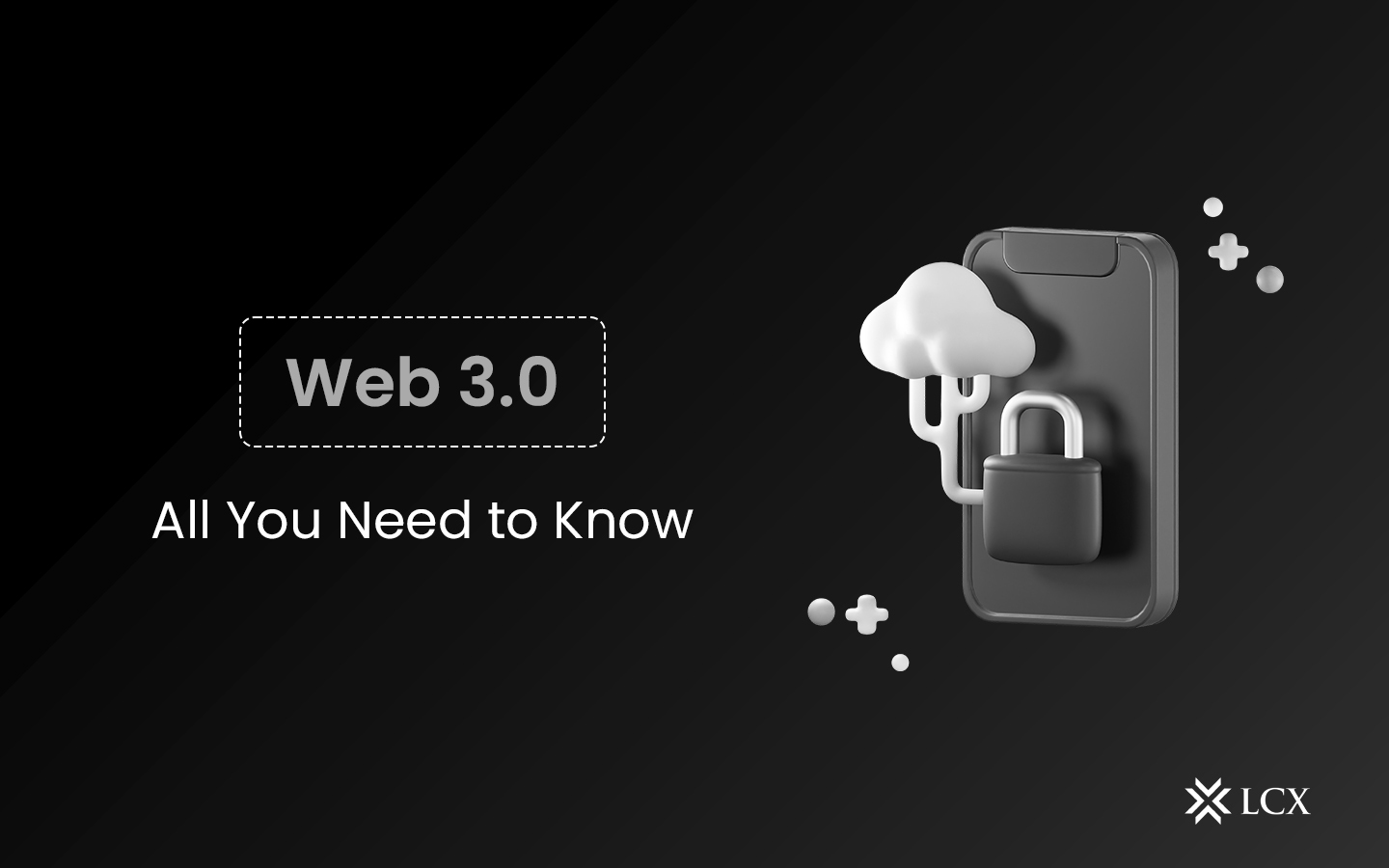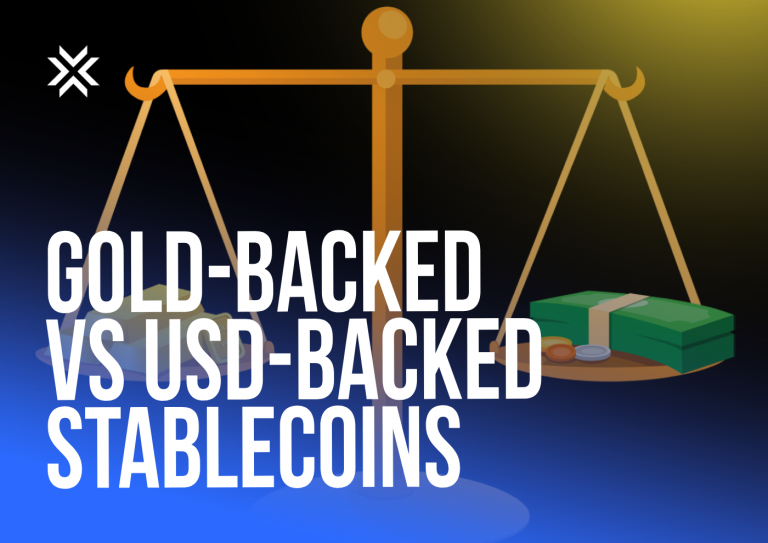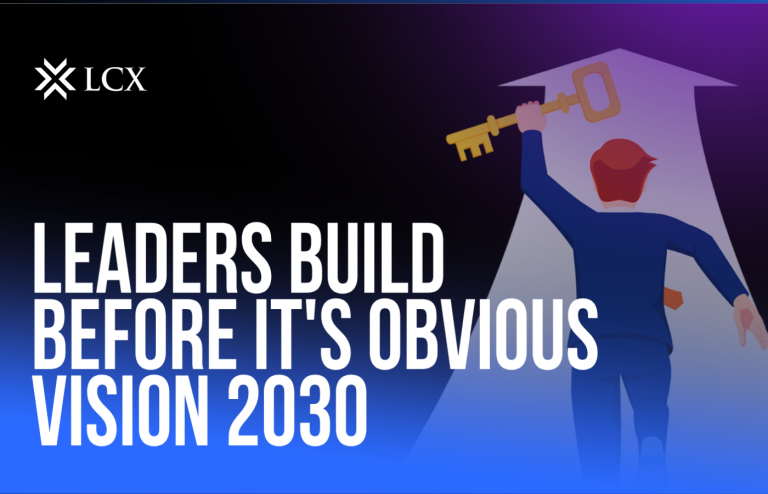The defining features of web 3.0 are openness, decentralization, and incredible user utility.
The concept behind utilizing semantic web is that it comprehends and understands the data’s concept and context. As a result, when a user searches for an answer, web 3.0 provides the most exact and appropriate result.
There are some giants in technology like Microsoft, Facebook, and Google who are making an immense profit from user data. Nevertheless, web 3.0 will permit each of us to be remunerated for our data and time: “People have been manipulated by tech firms—particularly, duped into giving precious information away for little or no remuneration from the companies that collect and take advantage of it.” Instead, [with web3], people should be compensated for the information they share. “
This implies that users would be able to sell their possessed data to advertisers while maintaining privacy and ownership. Furthermore, web3 will allow applications and websites to utilize data more substantively and tailor data for each individual user.
As a result, the 3rd generation of the web is one in which you will have personalized communication with websites and machines in a similar way that you would with any other human.
Web 1.0 to Web 2.0
It started with web documents that were interrelated and made available to all via the internet. It is also recognized as the read-only web due to the limited engagement it allows users.’
Users of the internet demanded further data contribution and communication, opening the door for Web 2.0, also known as the “read-write web.’ In a particular time frame, Web 2.0 has greatly changed the path of internet activity. When users seemed to be able to communicate with one another, a form of interaction emerged. Web 2.0, for example, allows for upload and download, whereas Web 1.0 only allows for usage and not editing.
The key features of web 3.0 are:
Open– It is’ open ‘in the context that it was created using open-source software created by an open and accessible community of developers and completed in full view of the public.
Permissionless– Anyone can participate, including users and providers, excluding the requirement for permission from a governing organization.
Ubiquitous– Web 3.0 might very well make the Internet accessible to everyone, at any time and from any place. Internet-connected devices will eventually be limited to more than smartphones and computers, as they were in web 2.0. (the Internet of Things) will allow the development of a plethora of new sorts of intelligent gadgets.
Web 3.0, Cryptocurrency and Blockchain
We can expect a strong integration and symbiotic relationship between these 3 methods and other fields because Web 3.0 networks will continue operating through decentralized protocols — the creation of cryptocurrency technology and blocks of blockchain. They will be deeply integrated, automated via smart contracts, interoperable, and utilized to strengthen everything from micro transactions in Africa to censoring-repellent P2P data file storage and exchange with applications, as well as totally change the way every business manages and operates their enterprises. The current crop of protocols for DeFi is only the beginning.
Conclusion
Almost all of today’s normally offline machines, from home appliances such as vacuums, ovens, and fridges to all forms of transport, will become part of the IoT economy, communicating with its autonomous servers and DApps (decentralized applications), elevating new digital provinces like digital assets and blockchain to power a plethora of new tech “miracles” for the 21st century.
LCX DeFi terminal is the platform that must be explored and utilized by the community because it offers advanced trading experience.









